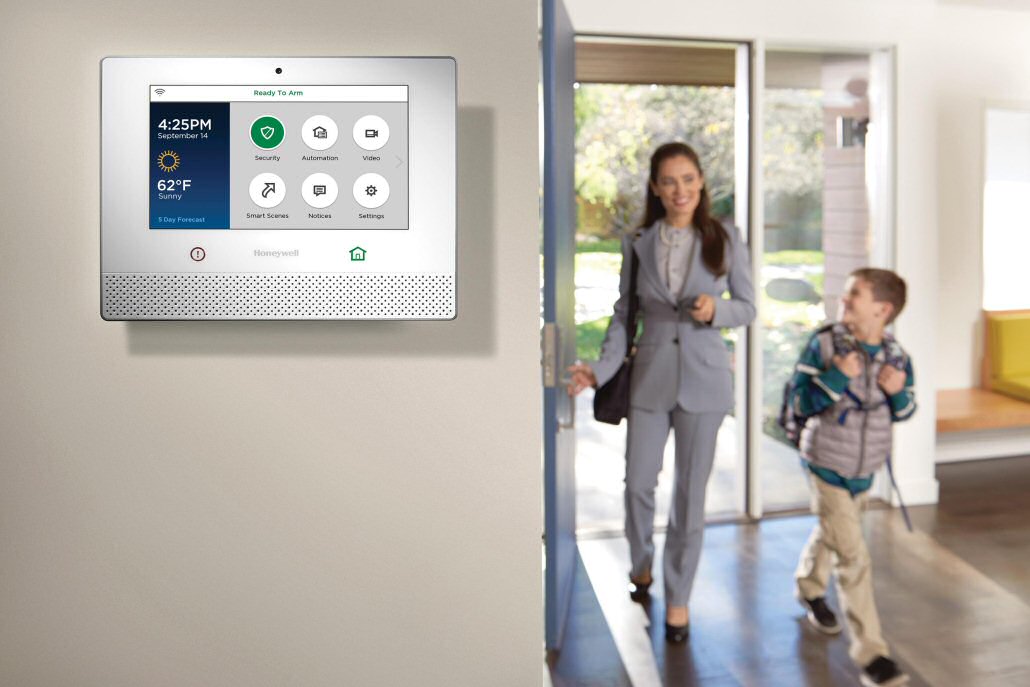I’ve lived in apartments or homes with no gardening space for many years. The last year that we were in our apartment, I learned about balcony gardens and how to make gardening spaces using pallets – totally genius by the way. I love knowing where my fruits and vegetables come from, and growing them myself, I know that I’m getting quality, organic produce for my family.
It is really hard on a country girl who grew up on a farm to not be able to have a garden to tend. It’s one of the reasons why I was thrilled when we found our home 4 years ago that has ample space for a full-fledged garden. I still like vertical gardens for small spaces, simply because with my arthritis, they are easier to tend.
Below I am going to share some of my favorite vertical and balcony gardens with you.
DIY Herb Garden Tutorial
Garden Tower
Essential Tips for Container Gardening
How to: Make a DIY Outdoor Living Plant Wall
Fall Garden Vegetables
In Virginia, our fall is a little different. During the day, temperatures are still in the 70s and sometimes even as high as 86 degrees. At night the temperatures dip down into the 60s, and if a particularly cold front comes through they can dip down to the low 50s. Where I live, we are in Zone 7. You can find out what zone you are in by using this map at Gurney’s.
For most fall gardens, you want to focus on vegetables that can bear the winter weather and are hardy, and can survive a winter frost. So if you happen to live in Zone 7 as well – here we go!
Fall Vegetables to Plant Between July and September
- Brussel Sprouts (between July 1 and July 15)
- Carrots
- Rutabagas (July 1 to August 1)
- Beets (July 15 to August 15)
- Broccoli
- Collard Greens
- Cabbage (August 1 to August 15)
- Cucumbers
- Kohirabi
- Turnips
- Most Lettuces
- Mustard Greens
- Spinach
- Kale (August 15 to September 1)
- Radishes
- Onions (September 1 to September 15)
In most areas of Zone 7, October is essentially frost-free, so some crops can be started even later. Crops such as beets, swiss chard, and kale can all be sown as late as the beginning of September, and collards and cabbages can be transplanted at this time.
Leaf lettuce can be planted until October 1 and mustard greens and radishes will still have time to grow if in the ground by October 15.

A few tips to remember if you wish to take advantage of planting during the months of September and October is to be prepared to cover your beds with burlap or floating row covers. You can also protect individual plants using milk jugs. Mulch heavily around your root crops such as carrots and radishes if a hard freeze is imminent and your fall vegetables will be just fine.
Be sure to visit our Gardens and Landscapes Pinterest board for more great tips and ideas!





